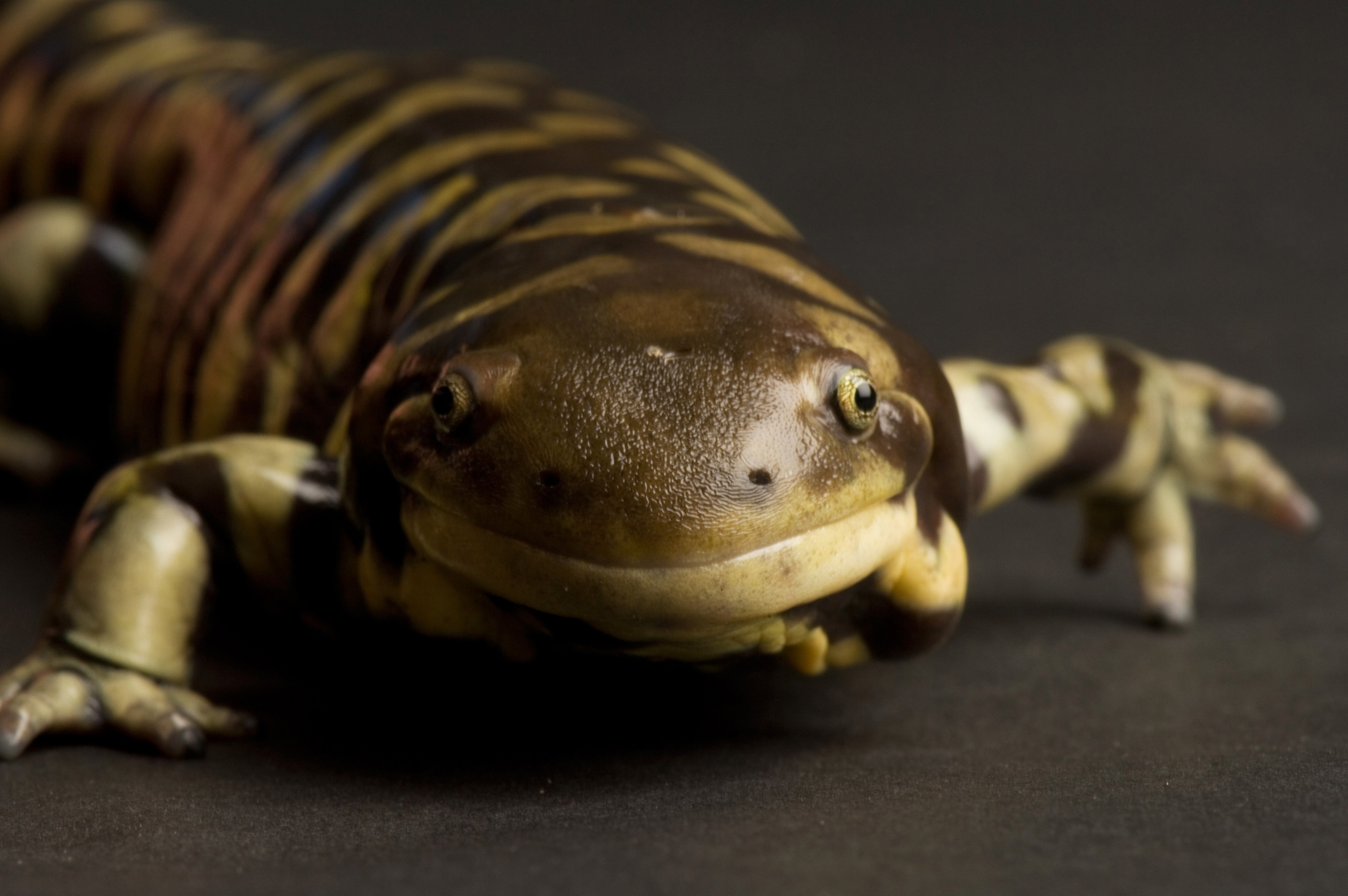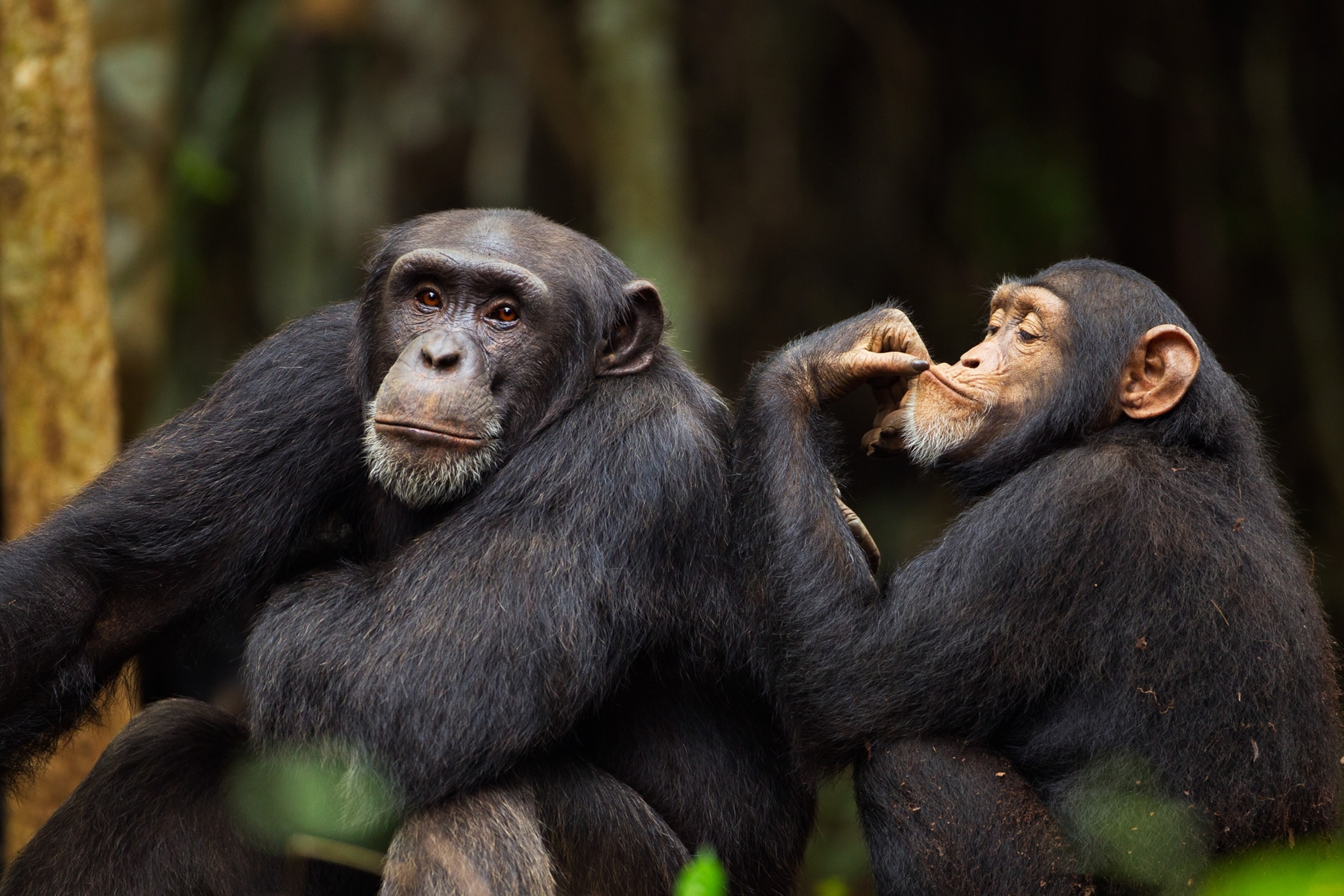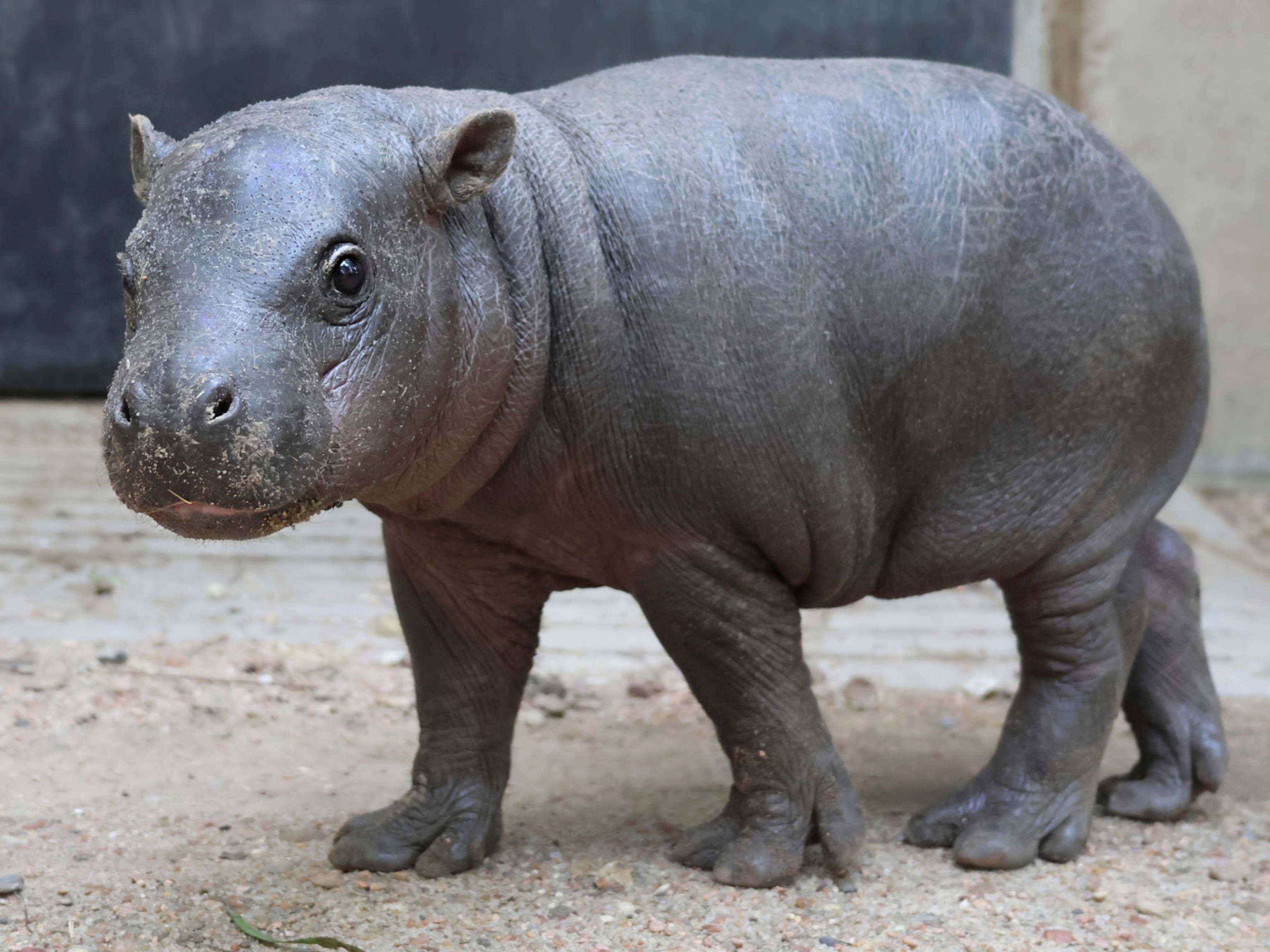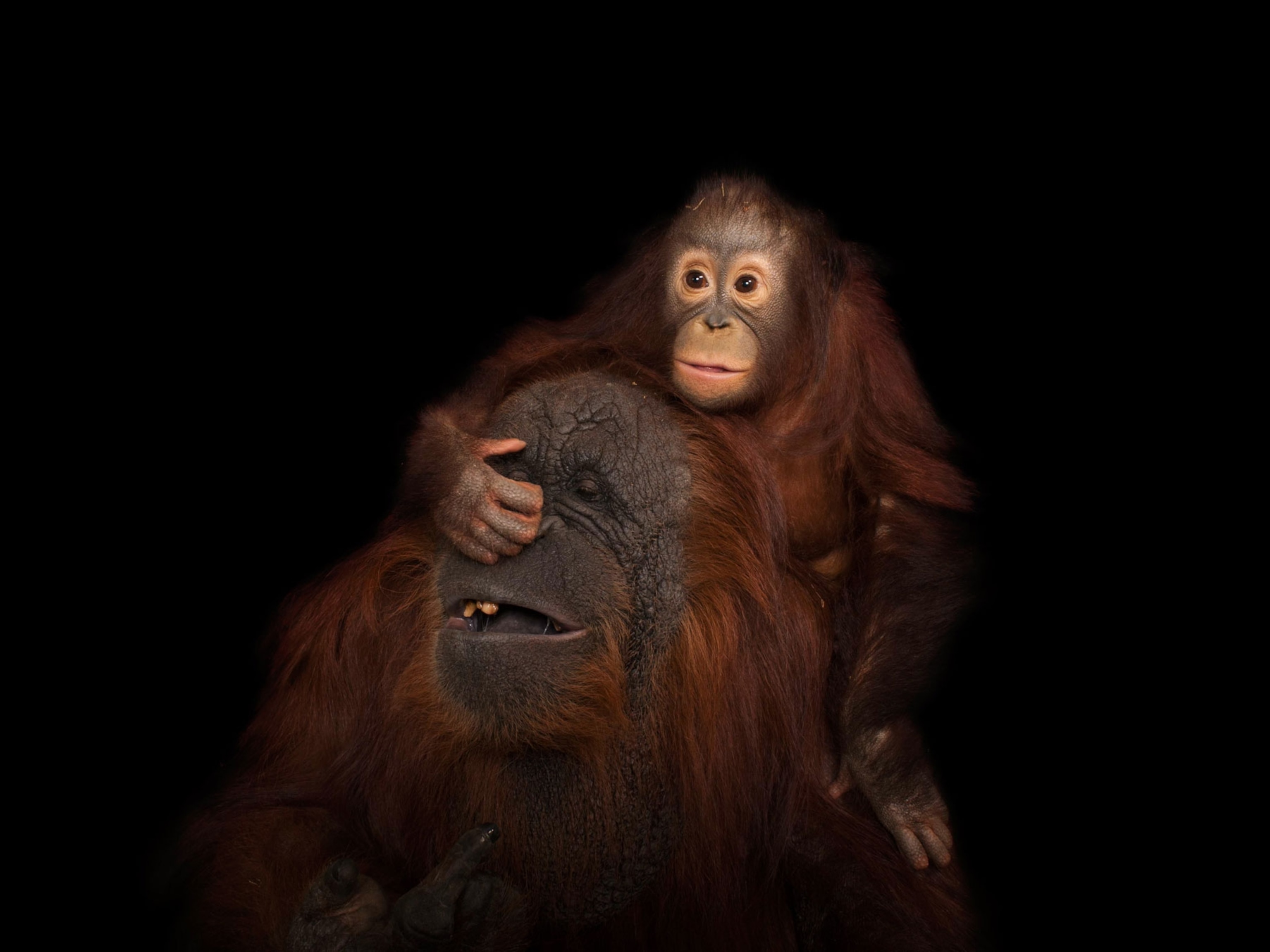
Rare Picture: Hippo Seen Eating Hippo—and More Cannibals
Though it's rare, animals will eat their own kind when resources are scarce.
There’s a new meaning to hungry, hungry hippos: Scientists have documented one of the first instances of cannibalism in the hippopotamus.
In 2014, while on safari in South Africa’s Kruger National Park, conservation biologist Leejiah Dorward came across a hippo eating the partially submerged corpse of another at the edge of a river.
“I was completely amazed. It was something I had never heard of,” said Dorward, a Ph.D. student at the U.K.’s University of Oxford.
When he got back to London, Dorward searched the research literature and found that cannibalism in hippos had been described only once before—by S. Keith Eltringham in 1999.
Normally thought of as herbivores, hippos have shown other carnivorous behavior before, too—in a 1998 paper, Joseph Dudley reported two of them killing and eating an impala. (Also see “‘Unusual’ Pictures: Lions vs. Hippo.”)
David Pfennig, a biologist at the University of North Carolina, Chapel Hill, said that there are certain advantages to eating a member of your own species.
“It’s a perfectly packaged form of nutrients you’re likely to need,” he said. (Also see “Human Meat Just Another Meal for Early Europeans?”)
There are also costs, the largest of which is the potential spread of pathogens. “You’re far more likely to catch a disease from a fellow human than you are from your pet cat,” Pfennig said.
Because of this, cannibalism tends to be rather rare, generally occurring under conditions of extreme hardship, when the benefits of a ready meal far outweigh the risk of catching a disease, he said.
Indeed, the previously reported incidents of hippo carnivory occurred during severe droughts.
But when Oxford’s Dorward witnessed the hippo cannibalism, in April 2014, the region had more than adequate rainfall—leaving him puzzled as to its cause.
To figure it out, he’s working to document other episodes of hippo cannibalism in Africa. “Because the behavior is so rare, we are relying on others to report it,” said Dorward, who published the new study January 7 in the African Journal of Ecology.
Hippos aren’t the only surprising cannibals-read on for more examples.

Tiger Salamander
Eggs of this North American amphibian hatch in small, temporary pools of water, such as those from melting snow, said Pfenning, who has spent his career studying cannibalism in tiger salamanders.
In such transient habitats, tiger salamander larvae must grow rapidly if they are going to make it to adulthood. So, to speed this process along, some larvae eat each other. (Also see “What Ate a 9-Foot Great White Shark? Another Great White?”)
These cannibalistic larvae look different from their other young, with larger heads, bigger mouths, and sharper teeth, according to Pfennig.
In some areas of the arid western U.S., up to one in three larvae can be the cannibal form.
Sloth Bear
Cannibalism in the insect-eating sloth bear, native to India, came to the scientists’ attention about a year ago after a mother at Smithsonian’s National Zoo in Washington, D.C., ate several of her offspring.
The cubs’ mother, Khali, had successfully raised cubs in the past, and zookeepers still aren’t sure what prompted her to kill and eat two of her cubs.
But zoo staff took on the 24/7 job of rearing the remaining cub, wearing her in a sling and feeding her out of a bottle. The cub is alive and healthy.

Chimpanzee
Jane Goodall reported cannibalism and infanticide by both male and female chimpanzees in 1977.
At first scientists thought them to be isolated attacks, but a 2007 study in Current Biology documented several other instances of this behavior, even in female chimpanzees—once thought to be gentler than more aggressive males.
To Pfennig, chimps likely cannibalize to reduce competition for food and mates—and because other chimps are simply a good meal.
Talk about having your friend and eating it, too.





